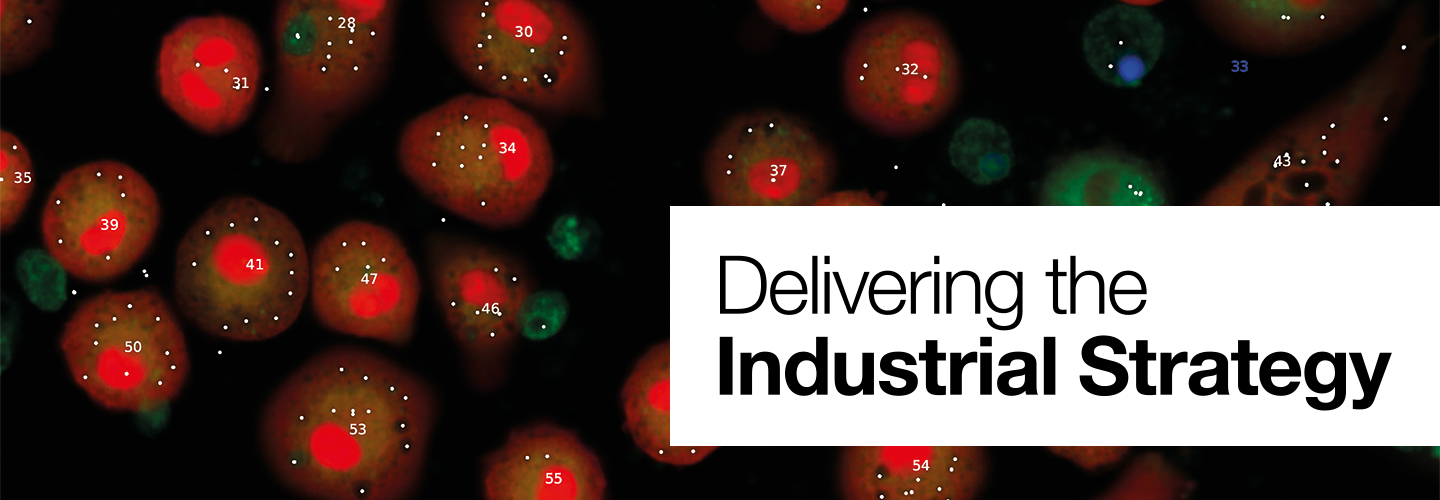Astronomy and machine learning
Astronomy research at the University of Hertfordshire is driving advances in machine learning which may also tackle complex challenges closer to earth.
Machine learning is a computational data analysis technique that offers many benefits over traditional methods. In particular, algorithms can be developed that can automatically identify objects or features of interest in digital imaging.
Such an algorithm has been developed by University of Hertfordshire astronomers and computer scientists and applied to image analysis of large-scale astronomical surveys. The algorithm can detect and identify collections of galaxies, enabling them to be classified at high speed, where previously the work required thousands of human volunteers. The technology that has taught a machine to ‘see’ astronomical images in this way is helping us to understand more about the evolution of the galaxies.
The University algorithm uses a form of artificial intelligence known as ‘unsupervised’ machine learning to recognise parts of images that have similar properties. Such unsupervised algorithms learn from the data itself to improve their performance over time. This makes the algorithm very versatile, with the potential to be applied to many different types of imaging. One aim is to explore applications for medical imaging, for example, to get better diagnosis of heart disease.
Identifying hazards
The unsupervised algorithm being developed by the University can also be applied to other remote sensing data, such as underwater sonar imaging of the sea bed and aerial or satellite imagery. Such an algorithm could, for example, help identify hazards in complex, changing environments that could be missed by the human eye. It could also benefit artificial intelligence-assisted navigation units in autonomous vehicles.
Bringing together the University’s strengths in astronomical surveying and computer science, Dr Jim Geach, Royal Society Research Fellow in the University’s Centre for Astrophysics Research, is now working to develop a robust algorithm that can be deployed in a variety of practical areas, performing real-time image classification and analysis on input data, both from astrophysics and on real-world industrial sectors.
Jim Geach
Royal Society University Research Fellow
Jim is a Royal Society University Research Fellow based in the Centre for Astrophysics Research, specialising in the field of galaxy formation and evolution.
Jim's research focuses on the evolution of cold gas in galaxies, and the role of environment on galaxy evolution. Geach is regularly awarded observing time on major international telescopes, and he is one of the principle investigators of the VISTA-CFHT Stripe 82 Survey - one of the largest near-infrared extragalactic imaging surveys of its depth.

